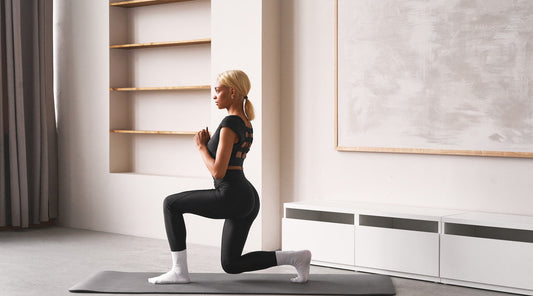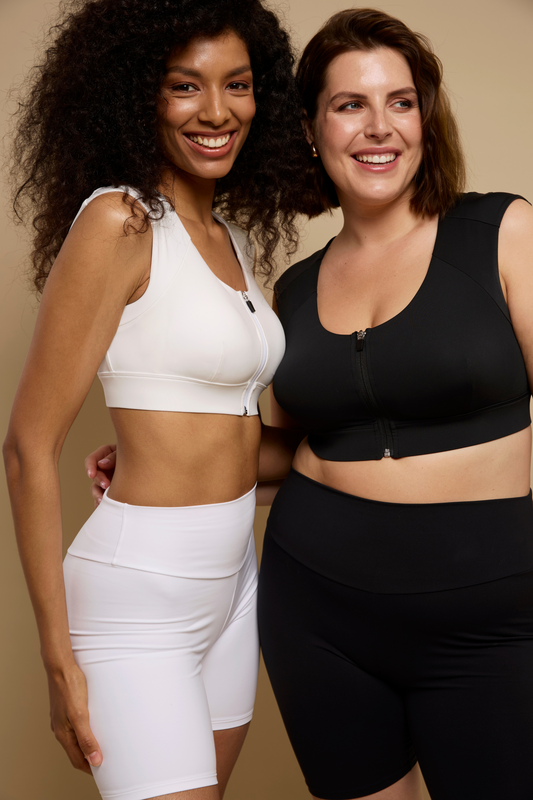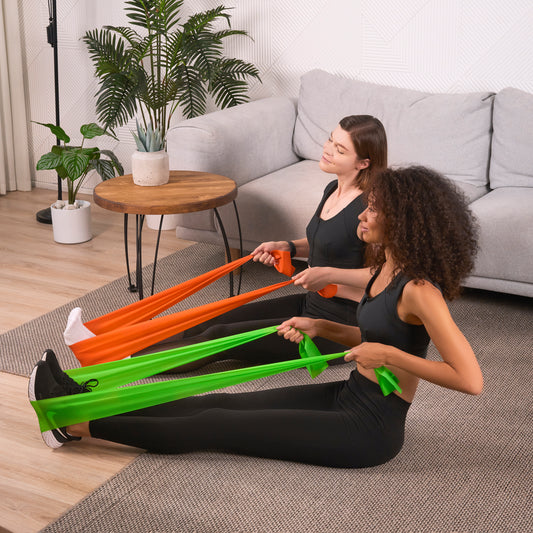The advantages of yoga seem to increase with every new study. A regular yoga practice can increase flexibility, decrease anxiety, and improve spinal health, among many other health benefits. That said, science has only scratched the surface.
In yoga, the spine is considered the energetic center of the body — this is the conduit through which prana (our life force) flows. Keeping this channel mobile and flexible is essential to not only our physical health but our mental and emotional well-being.
In our everyday lives, our spine is often thrown out whack. We’re seeing worse posture and weakening health. Yoga is one practice that can help reverse this trend. Below, we discuss the importance of good spinal health and offer some key yoga poses for improving posture, relieving pain, and feeling better overall.
How Important Is Good Posture?
Posture refers to the position of your body, from your head to your toes, with your spine as the central axis. The spine is not stick-straight — it has natural curves in the neck, mid back, and lower back that help absorb and distribute any stress placed on it.
To put it simply, good posture puts the least amount of stress on your body. Once your head juts out, your shoulders round, or your hips start to shift forward, you're pushing your spine out of its natural alignment.
Good posture allows you to do the most basic of functions with the least amount of stress and energy. You can:
- Move freely
- Breathe easily
- Digest well
- Maintain your balance
- Look slimmer and feel better
When your muscles, joints, and ligaments are aligned, you’re also reducing your risk of fatigue, pain, and injury. Of course, a perfectly neutral alignment is hard (if not impossible) to maintain at all times, especially with our modern lifestyles.
Learn more about the 5 types of posture to see where (and how) you stand.
What Causes Bad Posture?
Bad posture is typically formed out of habit. If you’re sitting or standing for long periods of time, you may find yourself slouching more and more. Over time it will feel easier to slouch than to sit up straight, mostly because of muscular imbalances that have developed in the neck, shoulders, chest, core, and upper back.
Bad posture can be a problem even if you regularly exercise, which is why it’s important to do targeted strengthening and stretching, including specific yoga poses for improving posture.
When your posture starts to worsen, you may experience:
- Neck and back pain
- Chronic headaches
- Muscle and mental fatigue
- Heartburn and other digestive issues
- Decreased lung capacity
- Protruding belly
- Reduced focus and productivity
Noticing any of these issues? You may want to try yoga for posture improvement. (Keep reading!) You can also try a posture correcting bra, preferably one that you can wear while doing yoga.
Yoga for Posture Improvement
Most bad posture is learned, which means it can also be unlearned. Yoga for fixing posture includes exercises that target the neck, shoulders, chest, core, and hips.
When done with proper form, nearly all traditional yoga positions can help build strength and flexibility, improve spinal health, and enhance your proprioception (body awareness). Yoga for better posture should include both standing and sitting poses that work the core and stretch areas like the chest and hips that are often tightened from bad posture.
Benefits of Yoga for Spinal Health and Back Flexibility
When it comes to yoga’s health benefits, the evidence keeps racking up. To wit: Hatha yoga exercises improve muscle flexibility and increase range of motion in the joints (1). Yoga reduces pain and disability for those who experience chronic low back pain (2). A therapeutic yoga program can improve postural control and mobility in older adults (3).
Yoga in its modern form tends to focus on asanas (poses). Whether you practice rigorous types of yoga like ashtanga and vinyasa or more gentle varieties like hatha or restorative, the alignment of the spine remains the central focus. Many yoga asanas done with correct form can help increase spinal mobility and flexibility.
Let’s look at some basic postures that can help improve your posture.
Key Yoga Poses for Better Posture
Here are 7 key yoga poses for core strength and posture improvement.
- Mountain Pose (Tadasana). This foundational standing pose helps correct muscle imbalances and improve overall balance.
*Tips: Keep your knees slightly bent and distribute pressure evenly between your heels and toes.

Source: Verywell / Ben Goldstein
- Cat-Cow Stretch (Chakravakasana). This relaxing pose involves moving the spine from flexion (rounded back) to extension (arched back) to help increase spinal mobility.
*Tips: Sync the movements with your breath. Inhale as you arch (cow) and exhale as you round (cat).

- Downward Dog (Adho Mukha Svanasana). This powerhouse pose helps strengthen the arms and shoulders and lengthen your spine.
*Tips: Spread your fingers wide and push your heels down without forcing them to the floor. Keep your knees slightly bent to avoid rounding your back.

- Cobra Pose (Bhujangasana). This heart-opening move can feel amazing after a long day of sitting. It increases spinal mobility and strength, relieves back pain, and allows you to open your chest (which is likely tight if you’ve been slouching).
*Tips: Keep your elbows tucked in at your sides, your neck neutral, and your gaze at the floor.

Source: Yoga Journal
- Locust Pose (Salabhasana). This “baby backbend” helps strengthen the back and stretch the front of the body by opening the chest and shoulders.
*Tips: Don’t focus on how high you can lift but that you are evenly distributing the lift across your upper, middle, and lower back.

Source: Gaia Staff
- Bridge Pose (Setu Bandha Sarvangasana). This gentle backbend strengthens your back, glutes, and hamstrings, stretches the thighs, and opens the chest and shoulders. It’s a great pose to help wind down a challenging yoga practice.
*Tips: Press into your feet to help lift your hips. Relax your glutes.

- Child’s pose (Balasana). This ultimate resting posture helps stretch the entire body and relieve back pain.
*Tips: Keep your neck in a neutral position and rest your forehead on the ground.

For a little inspiration, we recommend Yoga With Kassandra’s 5-minute Yoga for Good Posture.
Yoga as a Part of Your Posture-Improving Routine
A little bit of yoga can go a long way in improving your posture. Even if you only have 5 minutes, you can roll out your mat and work through a few foundational yoga poses – like mountain, cat-cow, cobra, bridge, and child’s pose — to counteract the effects of too much sitting and slouching.
Also, the Etalon posture correcting bra 2.0 is a great piece of yoga apparel. Made with high-quality, breathable material, it can help you maintain good form and good posture during even the most intense yoga practice.
SOURCES:
- Journal of Physical Therapy Science. (2015). Effects of hatha yoga exercises on spine flexibility in women over 50 years old. https://www.ncbi.nlm.nih.gov/pmc/articles/PMC4339138/
- Journal of Orthopedics & Rheumatology. (2016). Yoga as a treatment for chronic low back pain: A systematic review of the literature. https://www.ncbi.nlm.nih.gov/pmc/articles/PMC4878447/
- 3. Journal of alternative and complementary medicine. The effects of a therapeutic yoga program on postural control, mobility, and gait speed in community-dwelling older adults. (2014). https://www.ncbi.nlm.nih.gov/pmc/articles/PMC4270164/
Photo by Luemen Rutkowski on Unsplash
FAQs
Can you straighten your back with yoga?
Can yoga fix slouching?
Which type of yoga is best for posture?
What are the benefits of spinal flexibility?
How long does it take for yoga to improve posture?
Trending
Try Etalon posture improvement products












